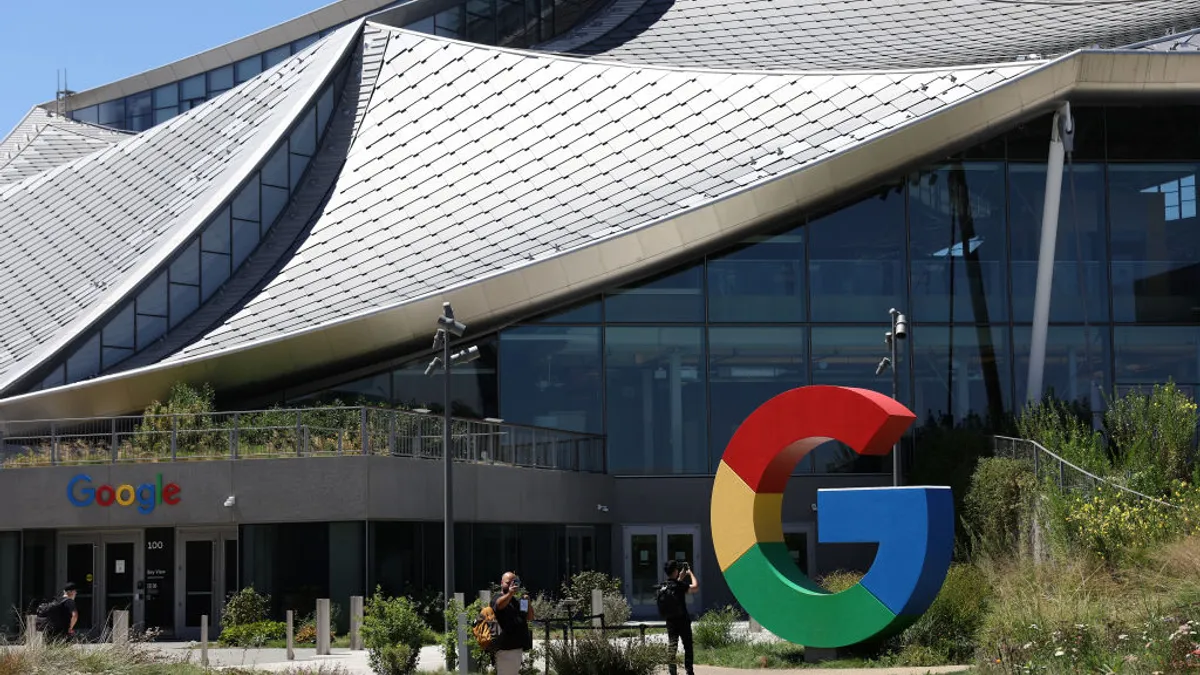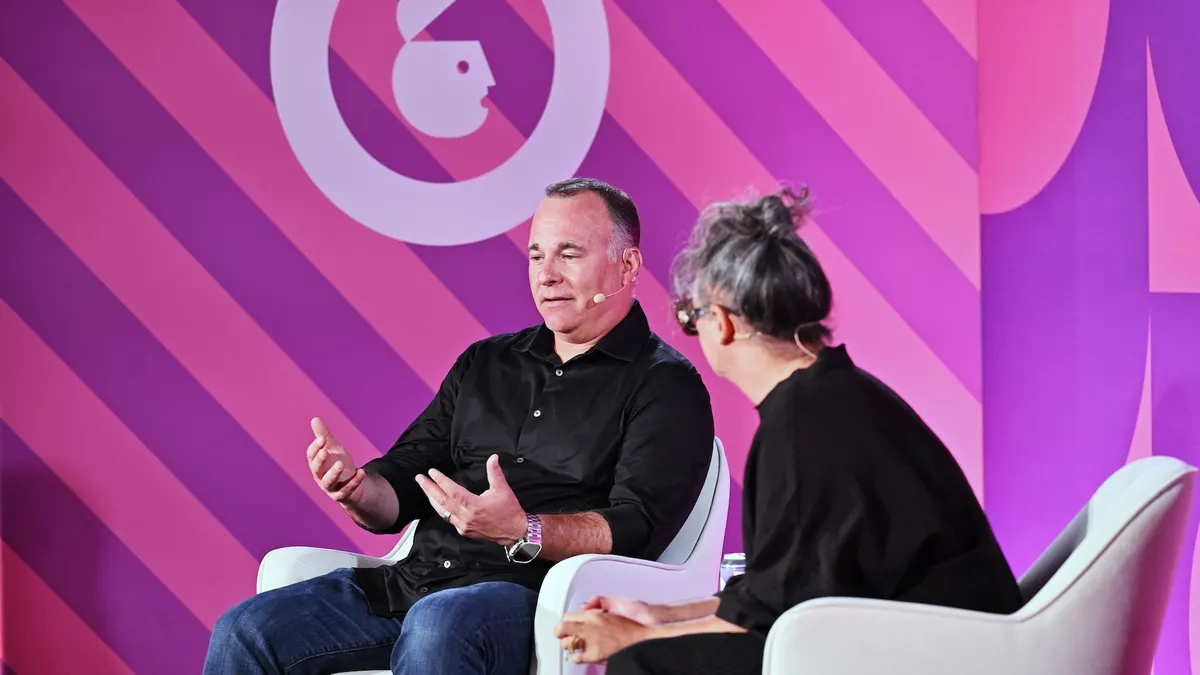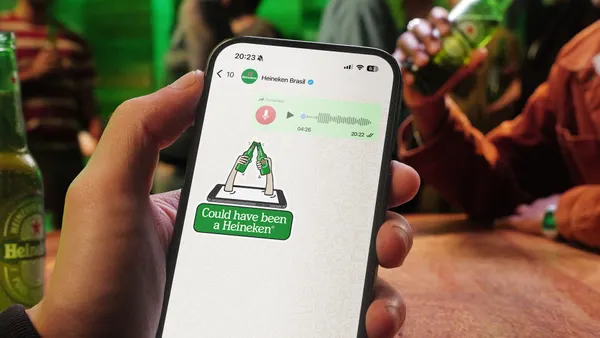Brief:
- While the cost to acquire new mobile gamers is at an all-time low, getting them to engage beyond that has become more expensive in the past year, reaching its highest level since 2018. The cost to activate with an in-app purchase (IAP) is up 24% to $43.88 this year from 2019, according to a study by app marketing firm Liftoff.
- Install-to-IAP conversion rates are down almost half from 48% in 2019 to about 26% this year, a decline Liftoff suggests stems from the pandemic's damage to the global economy and a dip in discretionary income for many consumers. The install-to-IAP rate measures how many app users complete an in-app purchase after installing a game, helping to determine whether a developer's marketing efforts are effective at reaching paying consumers. Meanwhile, the cost to acquire gamers has dropped in the past year, with global cost-per-install (CPI) rates down 66% to a historical low of $1.47 this year and registration costs for gaming apps down 38% to a new low of $5.72.
- Compelling mobile users to install a new app is easier than ever, with homebound consumers seeking entertainment this year, but getting them to engage beyond that has proven to be more challenging as pandemic lockdowns ease and people find other ways to spend time.
Insight:
Mobile gaming engagement may have peaked worldwide early this year when many people were stuck indoors during lockdowns, Liftoff's study suggests, though the holiday season still looms and could spur greater engagement as people unwrap new smartphones and tablets. The drop in CPI rates means app developers can reach mobile consumers at a lower cost, but engagement may still be a significant hurdle. Until consumers see a stronger recovery in their incomes, their in-app spending could remain lower than in years past.
Game developers again are seeing better results on Android than on iOS, suggesting some may want to focus their marketing efforts on the Android operating system. The CPI for Android devices is $0.89, compared with $3.91 for iOS. While the 30-day return on ad spend (ROAS) is similar for both platforms at about 36%, the cost to acquire an Android gamer is less expensive, allowing developers to spend more resources on marketing IAP opportunities.
The past year has also experienced a shift in the style of games that people most enjoy, with more complicated strategy games seeing a lift. Those categories of games are one-third less pricey to market than casual games, and have the highest ROAS at 17% after seven days on a user's phone and 40% after 30 days — about 3 percentage points more than the global benchmark. Retention rates for casual and hypercasual games have dipped slightly, with day-three levels falling below those from last year by an average of 1.2 percentage points, per Liftoff. The firm analyzed 314 million first-time ad engagements, more than 300 million installs, and 6.5 million in-app purchases from 697 gaming apps from June 2019 to May 2020.












